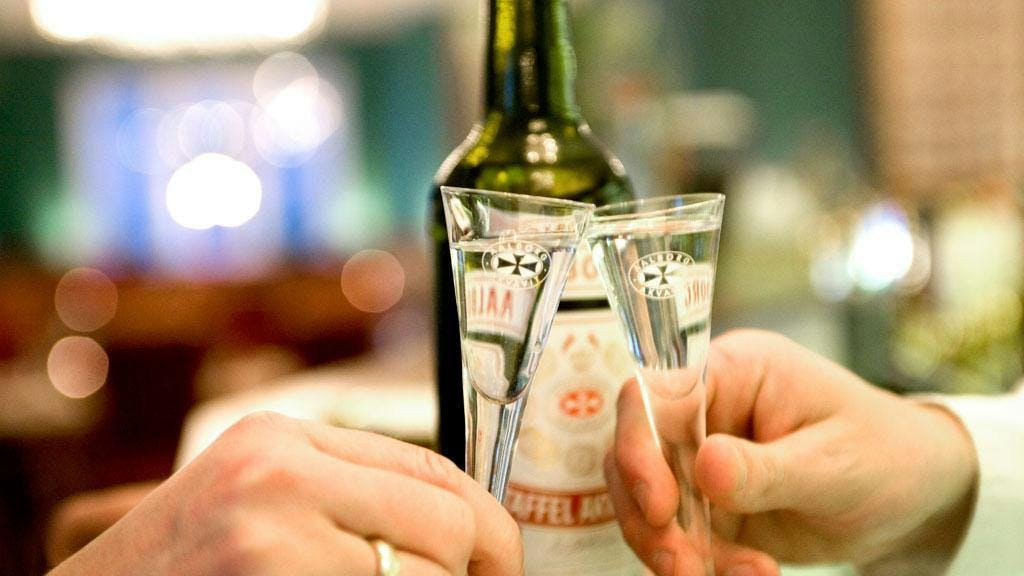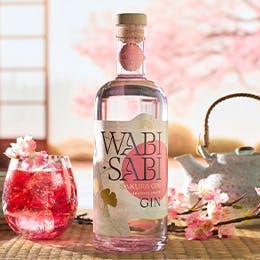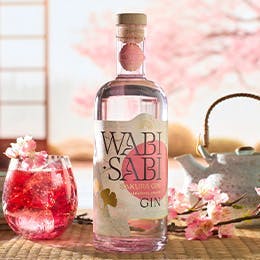Total flexibility, no commitment
A world of unique, crafted gins
Easy, free and reliable delivery

All About Akvavit: 5 fascinating facts about Scandinavia's favourite spirit
Take a gander at any Scandinavian drinks list and one particular spirit will catch your eye: akvavit.
This schnapps-like spirit is a cornerstone of Nordic drinking culture; from long lunches to weddings and Christmas, no occasion in Sweden, Denmark or Norway is complete without a shot.
So what is Akvavit, and what are we to make of its integral role in Scandiavian culture? Here’s everything you need to know about this Scandi spirit.
It was thought to have medicinal properties
The first we hear of akvavit – derived from the Latin aqua vitae, or ‘water of life’ – is in a letter dated 1531, when a member of the most powerful family in Danish politics offered a case of the stuff to Olav Engelbrektsson, the last Roman Catholic Archbishop of Norway.
Eske Bille, who in a little more than a decade would be named Protector of the Realm, offered the Archbishop, “some water which is called Aqa Vite and is a help for all sort of illness which a man can have both internally and externally”.
These days the medicinal properties of akvavit have largely been debunked, but it’s still thought to aid the digestion of rich, fatty food. For that reason, it’s often served as at celebratory meals like Christmas, Easter and Midsummer.
It’s also common to see a shot of akavit appear during the appetizer course, alongside pickled herring or smoked fish, giving rise to the popular joke that this spirit “helps the fish swim down to the stomach”.
The production process isn’t too far off gin
Akvavit’s base spirit is distilled from grain or potato, depending on the region, which is then infused with spices and herbs. The main infusions should be caraway or dill – at least according to the European Union – and the final spirit will typically contain 40% alcohol by volume, with a minimum of 37.5%
There are a huge range of akvavit flavours, some of which are designed to pair with traditional dishes. In Sweden, akvavit’s flavours are regional, and the place of origin will appear on the bottle.
Some restaurants even infuse their own akvavit; Snaps and Rye, a Danish restaurant in London, serves house-infused shots flavoured with horseradish, elderflower, rye and lakrids, or liquorice.
Every country has its own akvavit traditions
While the Nordic nations all take akvavit very seriously, each nation approaches its consumption a little bit differently.
In Sweden, akvavit is associated with song. Swedes will sing before downing their shots and chasing with beer, and often the singsong continues round after round. Of the more than 9,000 drinking songs recorded at the Historical Museum of Wines and Spirits in Stockholm, more than 200 are akvavit related.
Writing these songs is a serious business; a ‘schnapps-song’ must meet criteria including a well-known melody, lyrics related to current events and a little twist at the end.
For Danes, toasting is the central custom of drinking akvavit. When drinking in Denmark, be sure to raise your glasses, make eye contact with every person at the table and say ‘skal’ before you take your shot, then chase with beer. Expect rounds to come in twos, and repeat the toast each time.
Norwegians, on the other hand, take a shot of beer first and sip their akvavit with dinner.
The regional differences apply to production, too
While akvavit tends to be made using grain in Sweden and Denmark, Norwegians distil their spirits from potatoes, which have historically been much easier to grow in the far northern nation.
Norwegians also have a tradition of aging their akvavit in barrels. Linje Aquavits are aged in oak barrels, which are then loaded onto a ship and sent from Norway to Australia and back again, crossing the equator (linje) twice in the process. This tradition is still in practice today; tests that attempted to simulate the rocking of the boat, high humidity and fluctuating temperatures on land failed to produce the taste of a traditional Linje Aquavit, so to this day Norwegian producers send barrels out to sea.
Just one country outside of Scandinavia produces akvavit: the German state of Schleswig-Holstein, which was controlled by the kings of Denmark until the 19th century and still has a large Danish minority.
Distilling akvavit was women’s work
Like cheese-making and brewing, the distillation of akvavit was once considered ‘women’s work’. This is particularly true in Norway, where the spirit was distilled from plentiful potatoes rather than precious grains.
Families would distil alcohol from potatoes about once a fortnight, infusing the spirits with caraway or dill and other spices in a pot still, following recipes handed down through generations.
These days akvavit production is more commercial, but the spirit remains a central part of celebration in Scandinavia.







